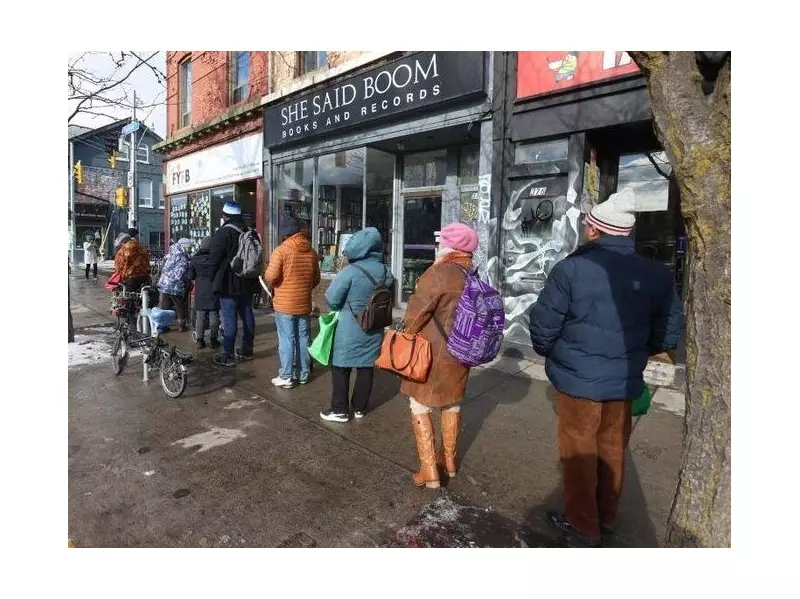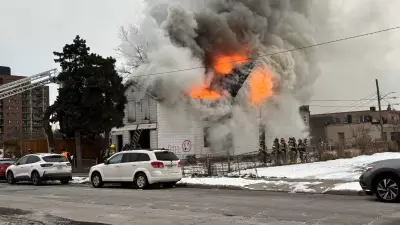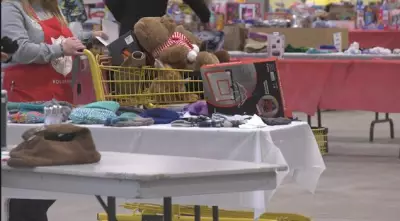
Like many Canadians, I held certain assumptions about who uses food banks and why. That all changed when personal circumstances forced me to walk through those doors myself.
The Reality Behind the Statistics
What I discovered shattered my preconceptions. The line wasn't filled with who you might expect. I stood beside working professionals, seniors on fixed incomes, and families where both parents held jobs but still couldn't make ends meet in today's economic climate.
Toronto's soaring cost of living has created a new class of food bank users—people who never imagined they'd need this kind of help. They're your neighbors, your colleagues, maybe even your family members.
Breaking Down Stereotypes
The experience taught me several crucial lessons about food insecurity in our communities:
- Employment doesn't guarantee food security - Many users have jobs but inadequate income
- Seniors are particularly vulnerable - Fixed incomes can't keep pace with inflation
- It's often temporary assistance - Most people use food banks during short-term crises
- The stigma is real - Many users feel shame about needing help
A System Under Pressure
Food banks across Ontario are experiencing unprecedented demand. What was once considered emergency assistance has become a regular necessity for growing numbers of Canadians. The volunteers I encountered showed incredible compassion and understanding, treating everyone with dignity regardless of their circumstances.
This personal journey transformed my perspective completely. I learned that food bank users aren't some distant "other"—they're our fellow citizens navigating tough times. The real story isn't about who uses food banks, but why so many Canadians need them in one of the world's wealthiest nations.
Perhaps it's time we all examined our assumptions about poverty and food insecurity. The face of hunger in Canada might be closer than you think.





